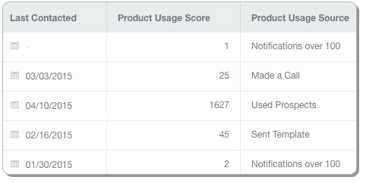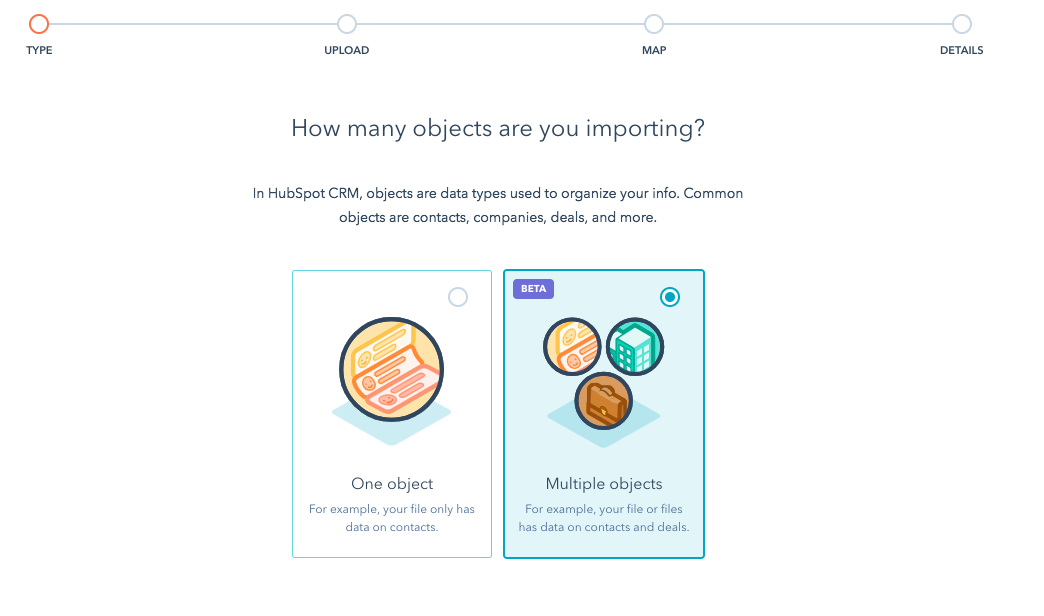It’s a hot topic - how the disciplines of sales and marketing are inching closer to one another. Marketers need to be invested in the end results of the demand they generate, and salespeople increasingly need to “think like a marketer” in how they conduct their day-to-day selling, leveraging data and tactics, like A/B testing to achieve their end goals.
But how do you even get started in working data into a traditional sales process that hasn’t changed in years? At its core, it isn’t rocket science. In fact, the steps of the sales process pretty closely mirror the major stages and important metrics of the marketing funnel.
Let’s dig in and take a look at how you can use HubSpot to work valuable data into some day-to-day sales activities.

Optimizing Prospecting
A lot of sales teams devote at least some amount of time to prospecting. The tough thing about prospecting is that you are literally starting from nothing. And while it might seem like an activity that benefits more from brute force than anything else, the thoughtful application of data can help your team prospect more efficiently.
Chances are you have a profile or a persona that represents who your ideal lead or customer is. Their industry, where they are located, their company size, revenue, or other basic characteristics - details you’ve garnered from past successful sales. At the intersection of these details sits a sweet spot of ideal prospects. The tricky thing is that learning all those details about enough companies to have a meaningful throughput takes a ton of time.
In HubSpot CRM, we’ve tried to help you take a first step toward solving these problems in the Prospects database. From the Companies tab, clicking “Find Companies” will take you to a structured database of basic details on over 13 million companies that you can search and filter your way through. Because we’ve done the footwork of finding and organizing these common details for you, it allows you to quickly surface the companies who match your ideal profile. (You can save a view from the upper left corner, too.)

Over time, you can easily experiment with changing the criteria you use to surface new prospects who you haven't previously sold to.
Optimizing Segmentation

When it comes to segmentation (or, choosing who to reach out to and when), surfacing useful tidbits of data to your sales team can be a big help. At HubSpot, in addition to lead score, we give our sales team a number of custom fields that they can use to sort, filter, and surface the best leads with. Some examples of these fields -
- Lead score is a combination of many different details that serves as a useful starting point
- Product usage (e.g., date of last trial login, or the number of times a particular feature has been used in a trial or free product in the last X days)
- Website visits (what was the first page they visited? The last page? When?)
Chances are that you have and use similar data in your marketing segmentation. It’s worth giving some thought as to whether or not these details may be useful to your sales team too - in a lot of cases, a few pieces of granular information about a prospect can be more useful as conversation starters than lead score alone.
Optimizing Subject Lines & Calls-to-Action
As a marketer, you probably (hopefully) spend a lot of time thinking about optimizing the basics of your email campaigns. Which subject lines garner the highest open rates? Which calls-to-action yield the best click-through rates?
Throughout the sales process, your reps are likely encountering the same situations that require very similar variations of the same emails, which are perfect opportunities to tweak and test messaging. Your more savvy sales folks are probably keenly aware of what works and what doesn’t. They may not think of it in the same terms, but in one form or another, they’ve already been doing some amount of A/B testing based off the emails that garner responses.
The sad thing is that most sales folks don’t have access to some simple metrics that we as marketers have taken for granted for a long time - open and click-through data on the messages they send. In HubSpot CRM (and optionally, with Sidekick), it’s easy for your sales folks to start to get a sense of which messages help push the sales process forward, even if they don’t yield an email response.
In the timeline and on your templates, your sales folks can see a record of each email that was opened or clicked. Pointing these details out and sharing how you listen and respond to this kind of feedback about the emails you send as a marketer is an easy way to help your sales folks quickly start getting more out of the emails they already send.

There are Similarities Like These Throughout the Sales Process
These examples are only the tip of the iceberg, and most sales teams are only in the early stages of leveraging a lot of the data and techniques that marketers have long taken for granted. Are there stages or steps of your sales process that share similarities with some of the things that you are focused on as a marketer? Has your sales team benefited from any of these techniques? Let us know in the comments.










